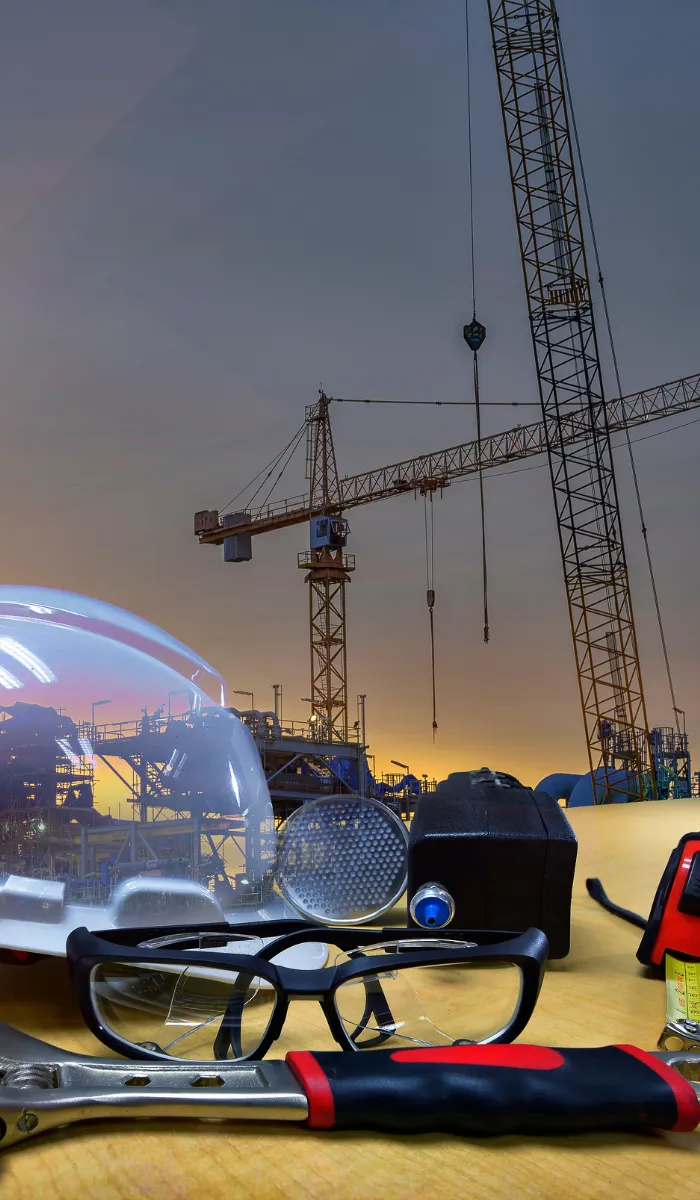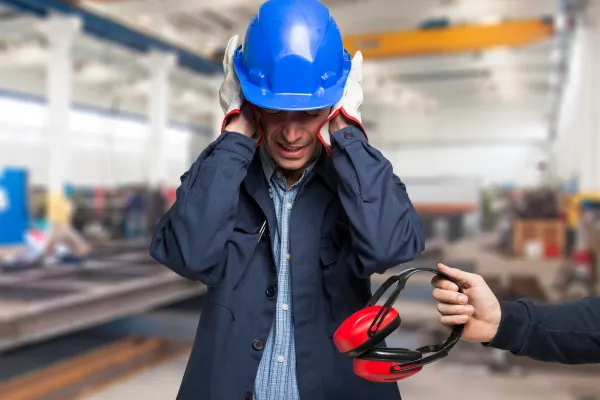Coastal Safety Consulting
780-228-6928

Articles Coastal Safety Consulting Ltd.

How do I complete a noise exposure assessment?
Noise Exposure Hazards
Exposure to high sound levels and/or sharp impact sounds for sustained periods,
coupled by the effects of getting older can reduce or impair hearing levels.
Noise is a recognized workplace hazard that must be assessed, eliminated or
controlled.
Area sound level measurements and noise dosimeters are taken at various workspaces
to identify where noise levels would exceed 85 dBA over an 8-hour work period. If a
noise hazard is identified, the first step is to mitigate the hazard to prevent temporary or
permanent hearing loss.
High Noise Locations
Before we dive into the plan's specifics, let’s pinpoint the domains of elevated noise
levels. These encompass activities spanning the use of power tools, operating mobile
equipment, navigating road traffic, and various construction undertakings. Identifying
these high-noise areas serves as a crucial step toward curbing potential hearing risks
among employees.
Legislation requires employers to perform a hearing noise exposure assessment at
levels of 82 dBA, however, single hearing protection is not needed until 85 dBA.
Here are some examples of common sounds at 82 dBA
1. Office Environment: An average office environment with computers, printers,
and conversations can generate noise levels around 60-70 dBA. If there's
additional noise from air conditioning systems or background conversations, the
overall noise level might reach around 82 dBA.
2. City Traffic: Regular city traffic noise, including cars passing by and honking,
typically falls in the range of 70-85 dBA. A busy urban street during rush hour
could easily average around 82 dBA.
3. Construction Site (Distance): When standing at a moderate distance from a
construction site, the combined noise from various equipment such as drills,
trucks, and machinery might register around 82 dBA.
4. Vacuum Cleaner: A typical household vacuum cleaner produces noise levels of
around 70-80 dBA. Some more powerful vacuum cleaners might reach closer to
82 dBA.
5. Dishwasher: A running dishwasher can create noise levels ranging from 45 to
75 dBA, depending on the model and cycle. A noisier dishwasher could easily
contribute to an environment reaching 82 dBA.
6. School Playground: The noise on a busy school playground during recess, with
children playing and shouting, can easily reach around 80-85 dBA.
7. Restaurant or Café: The combined noise of conversations, clattering of dishes,
and background music in a moderately busy restaurant or café might average
around 75-85 dBA.
Elements of a Noise Exposure Plan
Noise Exposure Assessments
At the heart of the plan lies the task of gauging the amount of noise exposure
employees may be or are exposed to. Find your high noise zones, get a sound level
meter, or contract a third party with a meter and test the dBA’s at different locations with
different tasks. Once the assessment is complete, based on legislation requirements of
duration of exposure and noise level, we can easily decide what controls are needed.
Noise exposures in the workplace will be maintained below Occupational Exposure
Limits. Wherever possible, this will be done through engineering controls (including
substitution of less noisy equipment, process modifications, enclosure of noisy
equipment, isolation of the worker, and acoustic treatments as appropriate).
Where engineering controls are not possible, administrative controls, safe work
procedures, and worker training will be used to minimize exposure. Hearing protection
must be used as a last resort.
Where noise levels exceed 96 dBA, dual hearing protection (insertable plugs muffs)
should be worn, but must be worn where noise levels exceed 105 dBA in order to
provide adequate hearing protection.
Revision to OHS Code Part 16 - The threshold for conducting a noise exposure
assessment is being reduced from 85 decibels to 82 decibels. This is to ensure
noise is assessed before the occupational exposure limit is exceeded.
Occupational Health and Safety shall work with field personnel to conduct noise surveys
at all locations where the noise levels may be greater than 82 dBA.
There is also a requirement to ensure workers are fit tested for the hearing protection
devices they use and wear, and that testing must meet the updated CSA Z.94.2-14
(R2019) standard.
Fit Testing
Fit testing of hearing protection can be conducted either quantitatively or
qualitatively.
Quantitative methods are the preferred standard, but these require specialized
equipment (example: Audiometric testing).
Qualitative methods are simpler to perform and rely on the worker’s sense of hearing.




